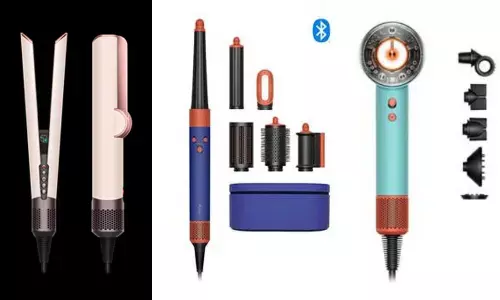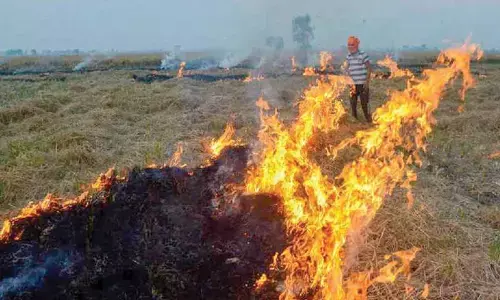New Images Reveal Massive 'Claw Marks' On Mars' Surface

New Images Reveal Massive 'Claw Marks' On Mars' Surface
- A unique characteristic of Mars' geology is depicted in spectacular detail in this newest release from the European Space Agency's (ESA) Mars Express mission.
- These troughs can be up to 350 meters (1,148 feet) deep, 10 kilometers wide (6.2 miles), and stretch for up to 1,000 kilometers.
A unique characteristic of Mars' geology is depicted in spectacular detail in this newest release from the European Space Agency's (ESA) Mars Express mission. These grooves, which resemble huge scratches on the planet's surface, are components of the fault system on Mars termed Tantalus Fossae.
Apart from the image's detail, the mind-boggling thing triggering researchers was the scale andsize they were dealing with it. These troughs can be up to 350 meters (1,148 feet) deep, 10 kilometers wide (6.2 miles), and stretch for up to 1,000 kilometers.
The photograph is true to color, indicating thatit depicts what humans would see if they looked at the area with their own eyes. It's not technically a 'photo.' ThScience e image was created using the colour channels of the High-Resolution Stereo Camera on ESA's Mars Express and a digital terrain model of Mars - but it provides an amazingly clear glimpse of the enormous area, reported Sciencealert. An oblique perspective is shown above, while a top-down view of Tantalus Fossae is shown below. According to an ESA press release, these photos have a ground resolution of roughly 18 meters per pixel and are centered at about 43°N/257°E. To the right is North.
Alba Fossae, located on the western side of Alba Mons, is a comparable feature. These photographs aren't only stunning to look at; they could also reveal more about how Mars' surface developed. These structures are assumed to have formed one after the other, resulting in some of the troughs crisscrossing each other.




















